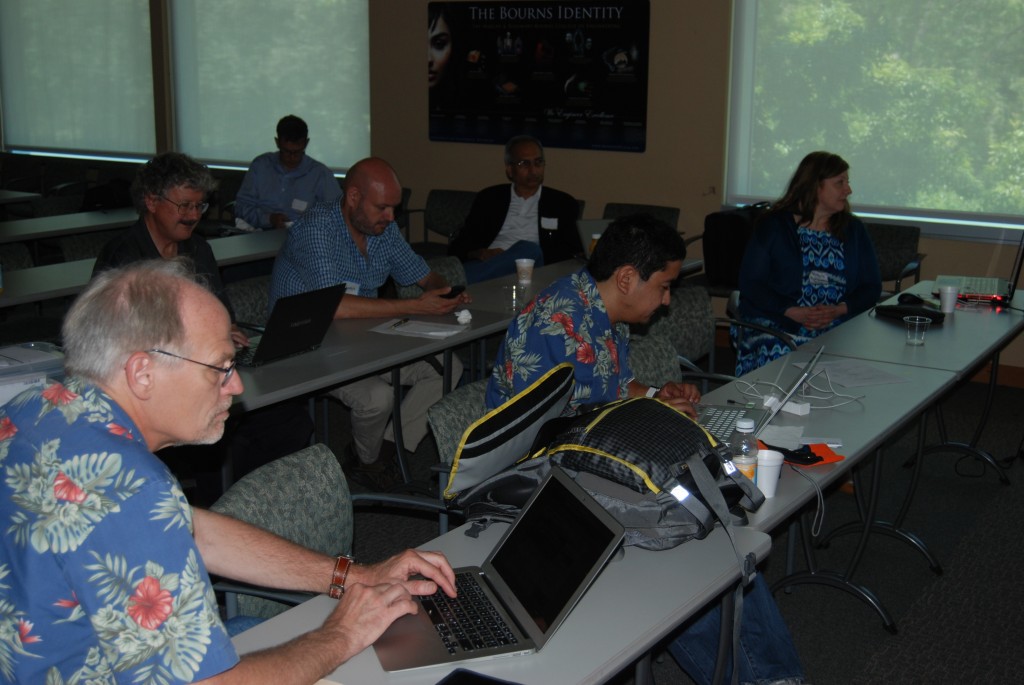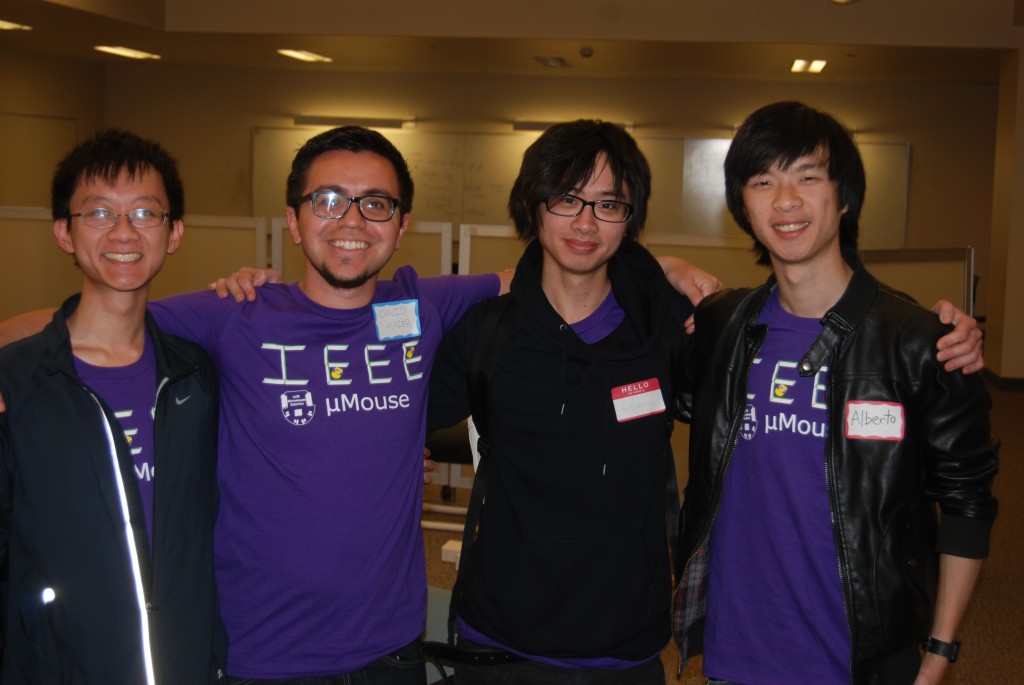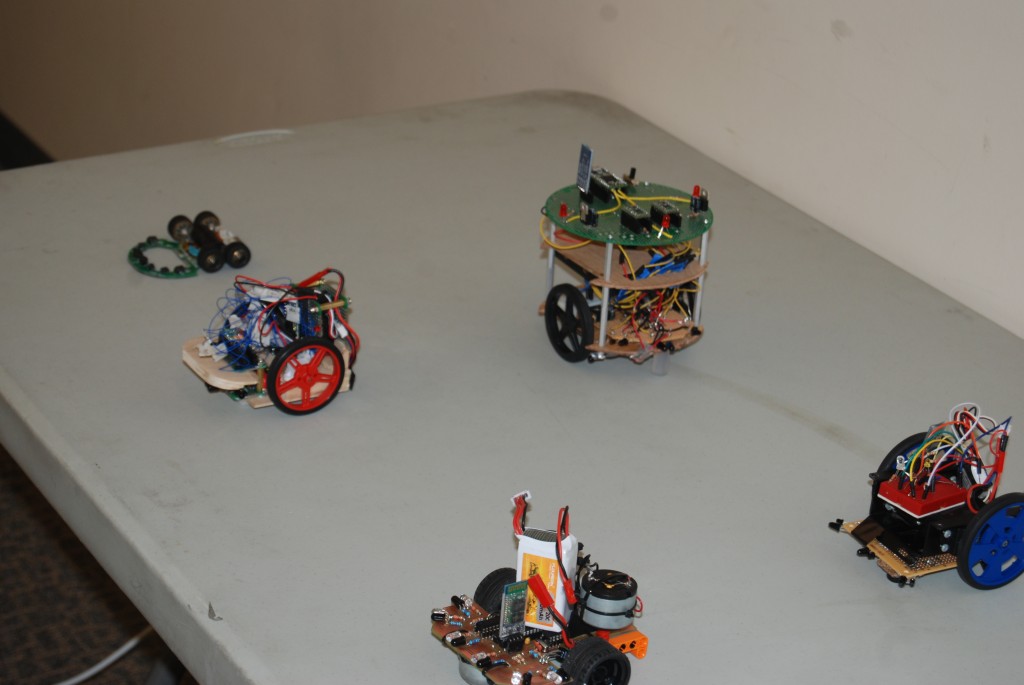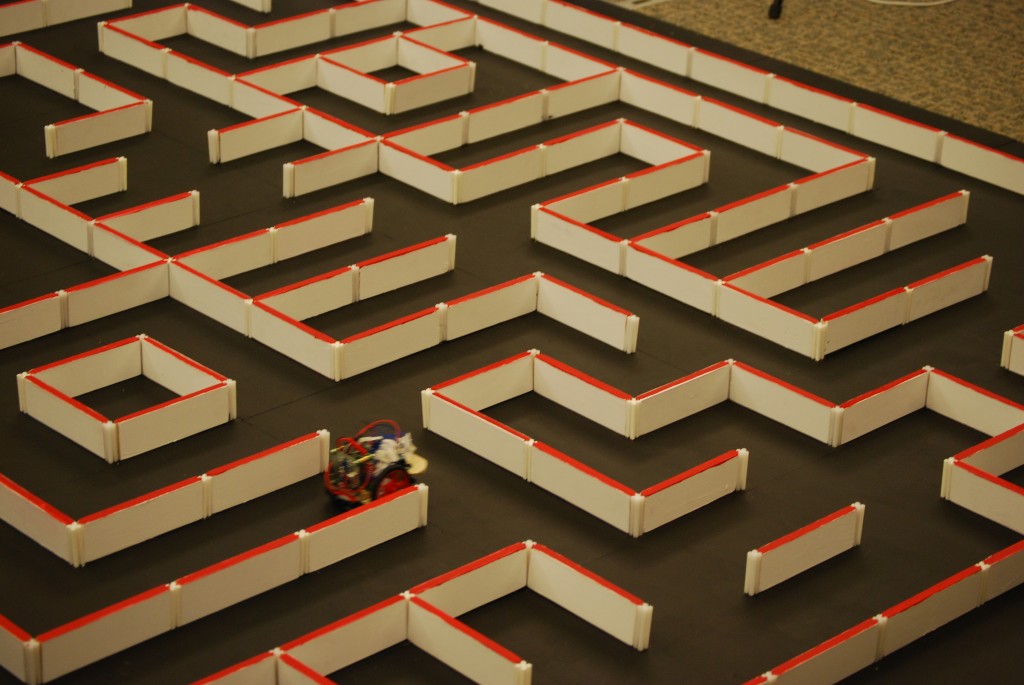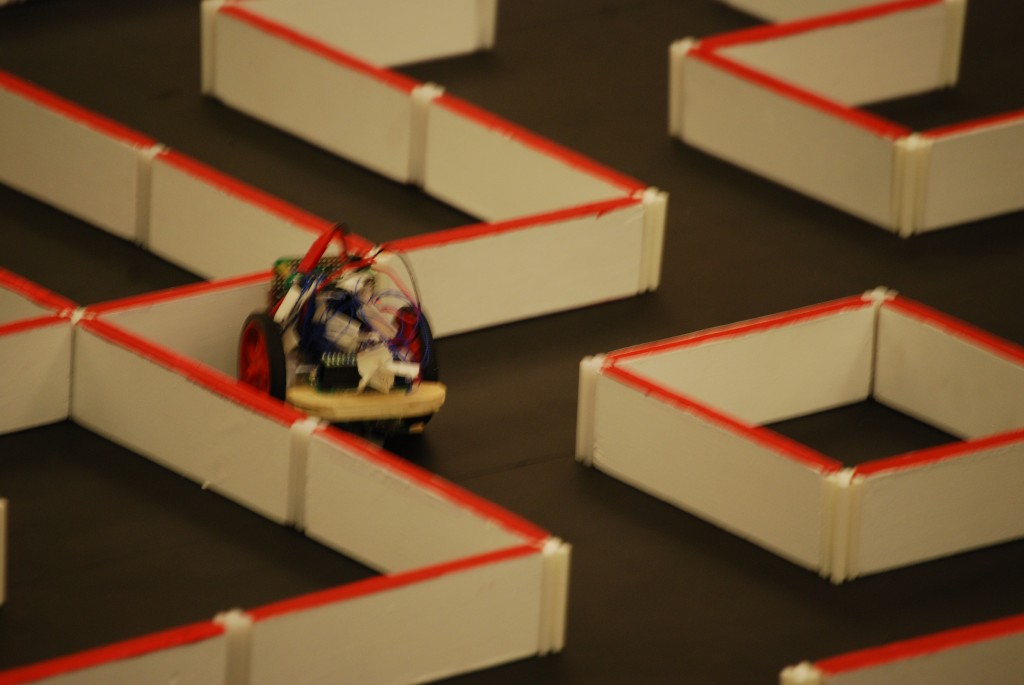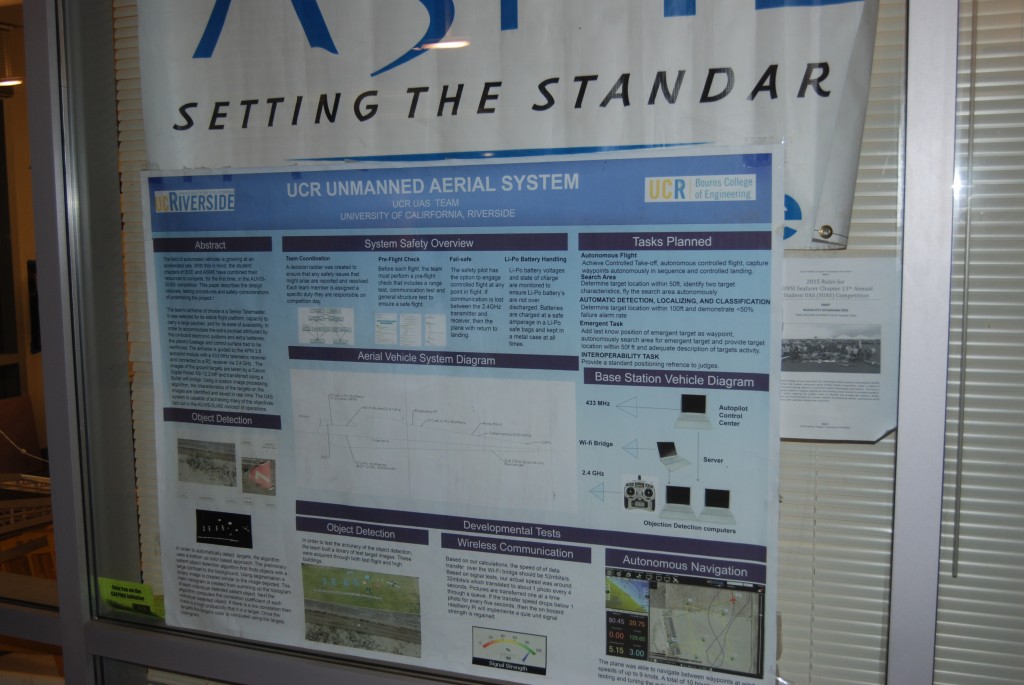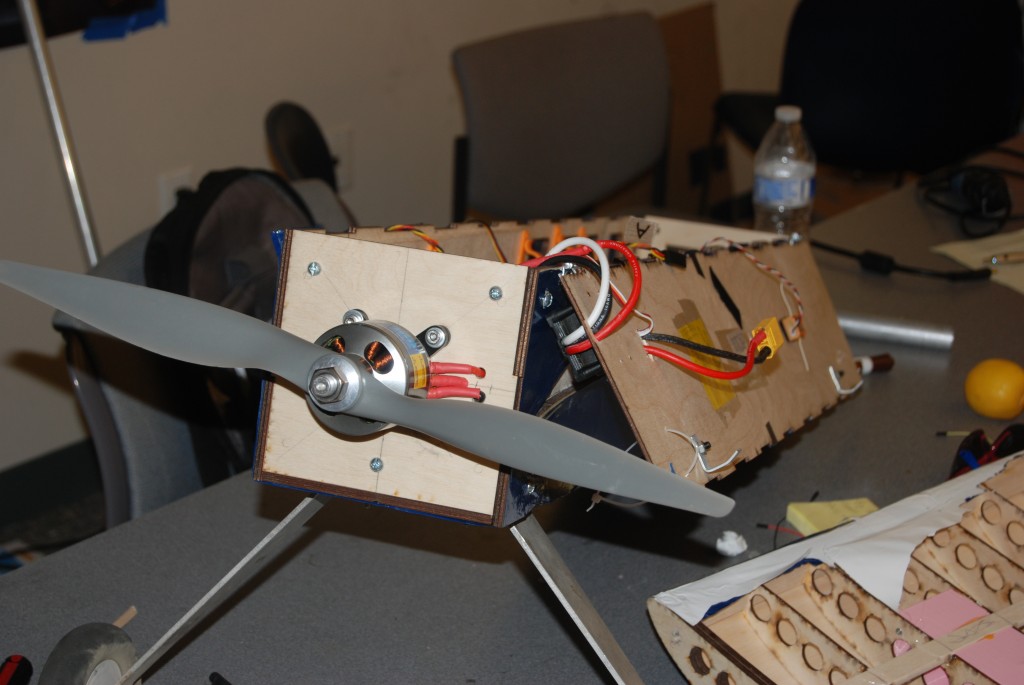Successful IEEE Southern Area meeting held at University California Riverside on May 2,2015
| May 27, 2015 | Posted by Frank Gomez under CN, COMSOC, CS, EDCAS, General, MTT/APS, PES |
Comments off
|
Saturday, May 2, 2015 was the occasion for the IEEE Region 6 Southern Area meeting. This year it was held at University of California Riverside. The UC Riveride students, led by their IEEE Student Branch President Russell Perry, took care of all the logistics, and the preparations for the student technical paper competition and the micromouse competition.
The morning sessions were started with informative presentations by Region 6 Director Tom Coughlin and Region 6 Director-Elect Kathleen Kramer, and our Southern Area Chair Doug Askegard. Tom discussed the very recent Women-In-Engineering IEEE Conference held April 23 to 25 in San Jose, and the over 700 women engineers who attended. An outstanding WIE meeting, recognized as such by many corporate sponsors. He announced that the Virtual Career and Talent Expo will be held on-line from June 1 through 30, 2015. Early plans for the next IEEE Student “Rising Stars” conference in Las Vegas were described, https://sites.ieee.org/rising stars/ Together with Scott Tamashiro, further details on the Camtesia software system were provided. Camtesia will be used to record significant IEEE chapter meetings by our local section members. These softcopy recordings in an MP4 file (meaning the voice recordings and synchronized video PPT displays of the charts shown at the meeting) will be sent to our IEEE Section in San Diego, where these will be hosted on a website. Think of it as an “IEEE YouTube” channel for information, all exclusive for IEEE members. This process should be active by this summer.
Director-Elect Kathleen Kramer addressed the issue of student incentives, student retention, and student rebates. Only 20 of the 95 IEEE Student Branches within Region 6 received their student rebates for IEEE Headquarters last year. Our IEEE students are leaving money on the table; money that would be useful for their student branch events. To obtain these rebates, only two steps per years are necessary.
(1) Submit a complete list of student branch officers: https://officers.vtools.ieee.org
(2) Submit an activity report gives the student events and the date that they were held: https://sbr.vtools.ieee.org
So, let’s encourage all out IEEE Student Branches to file the information for their rebates this year 2015.
Our Southern Area leader Doug Askegard led the discussion for the section representatives present (Coastal Los Angeles, Orange County, BuenaVentura, and Foothill). Among the topics discussed were entrepreneurial workshops, expanding outreach for joint activities with the biotech / pharmaceutical practitioners, selecting building locations for IEEE meetings, and the ever-present H1B status developments in US Congress. At the same time, the students present attended a parallel training session on IEEE student officer roles and leadership.
The afternoon sessions were split into two parts: student technical paper presentations and a micromouse competition. Many interesting technical papers were presented.
(1) Smoke and CO2 Detector for the Hearing Impaired (or, let’s design a vibrating pillow receiving a signal from a smoke / heat detector via an Android phone communication path). Presented by D.Zamoa, G. Ojeda, and W. Liang
(2) Quadcopter Control System (or, lets develop some algorithms for IMU and CPU integration in a quadrotor to study autostabilization and tethered testing via a joystick). Presented by Patrick Smith, James Fontanillo,and Jonathan Arceo.
(3) Xhaler (or, is it possible that are there improvements in Inhaler devices for asthma patients by using a smart phone to collect data on a patients expiration rate, and use this for a customized peak flow meter and a cheaper inhaler designed with a 3-D printer). Presented by Brenda Rena, Dept of Biology
(4) Smart Garage Home Automation Project (or, how to start with a minimalist Raspberry Pi Computer, and then use available wireless technology to open your garage door from a distance).Presented by Andrew Nava Juarez
(5) W-Lock (or, how to place a hub dynamo on your bicycle wheel so that a GPS unit can be powered up continuously and thereby give you the needed geographical information to relocate and retrieve your bicycle if it is “misplaced”). Presented by Frian Ghias Dillon
(6) Wireless Framed VU meter (or, how to get a light show synched with your favorite music in your favorite relaxing spot using an Xbee module, wireless transceiver, seven LED strips and a PIC microcontroller).Presented by Justin Young, UCLA
(7) Autonomous Sensor System Platform (or, how to monitor atmospheric data, mainly methane, CO, temperature and humidity from remote sites using Arduino, etc.).Presented by Brett Fontaine, Russell Perry, Gustave Blanco
The presentations by the students were uniformly excellent. As noted by some of the IEEE members present, several could be possibilities for “Kickstarter” campaigns.
Afterwards, the micromouse competition was in full contest mode. Please see some of the attached photos to see the maze that the micromouses needed to navigate. Our congratulations to all the students who worked for many hours in creating a micromouse competition. Most impressive was the micromouse created by a team from UCLA which was able to navigate to the center of the maze in a swift 9.5 seconds. An accomplished feat of control system, sensor design, algorithm development and flash memory was demonstrated by all the entrants in the micromouse competition
We also had an opportunity to view an engineering project that is in the design and modification phase. This is the UAV (Unmanned Aerial Vehicle( that is a joint effort with the IEEE students and the Mechanical engineering students (ASME) at UC Riverside. A national UAV competition will be held in June 2015.
Our thanks to the IEEE Student Branch at UC Riverside for hosting a productive IEEE Region 6 Southern Area meeting.
